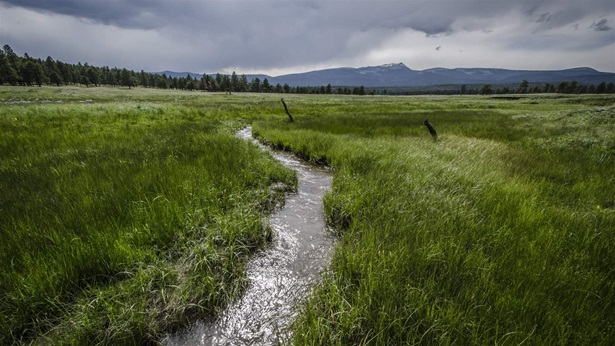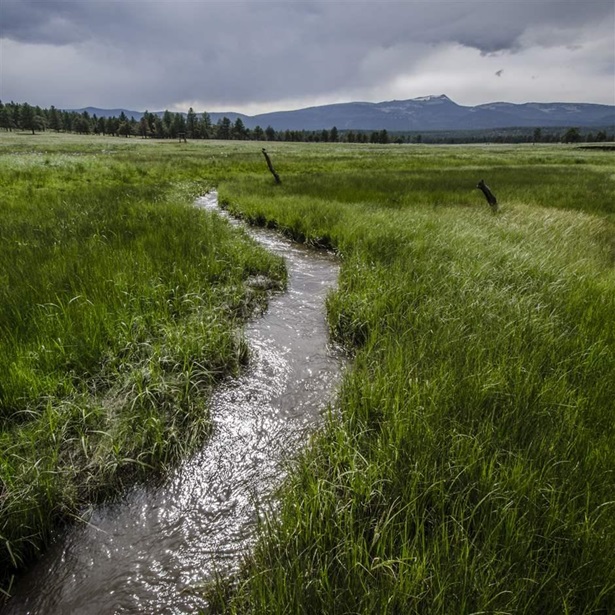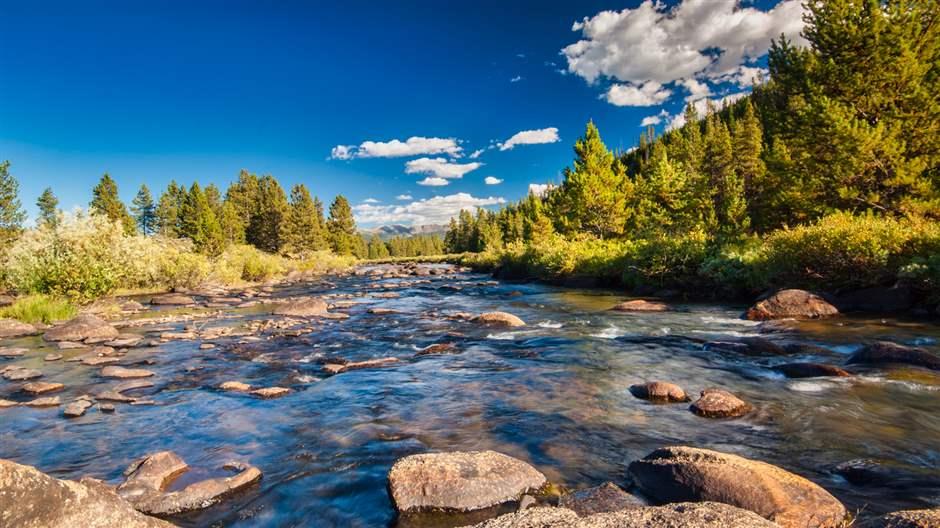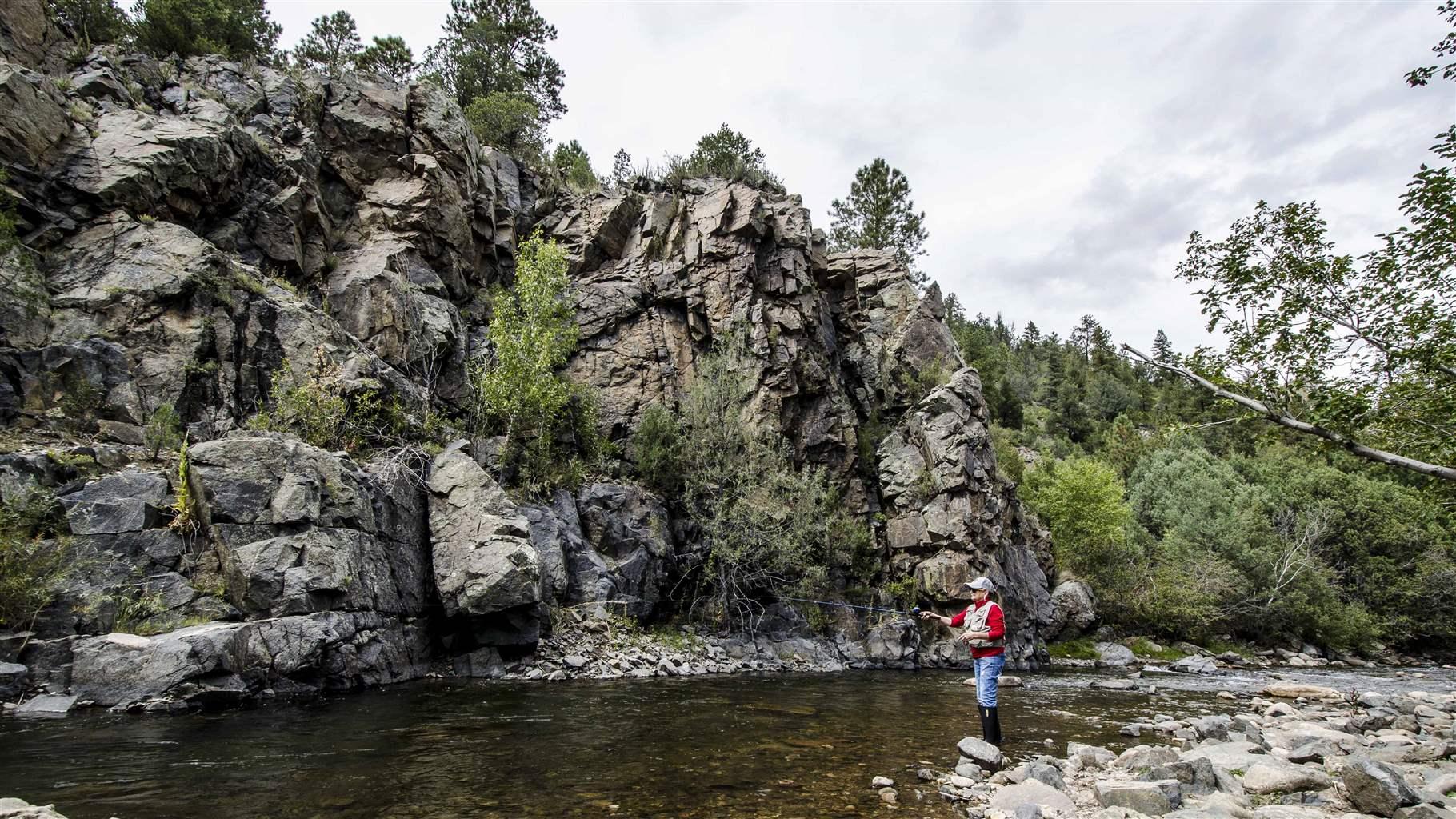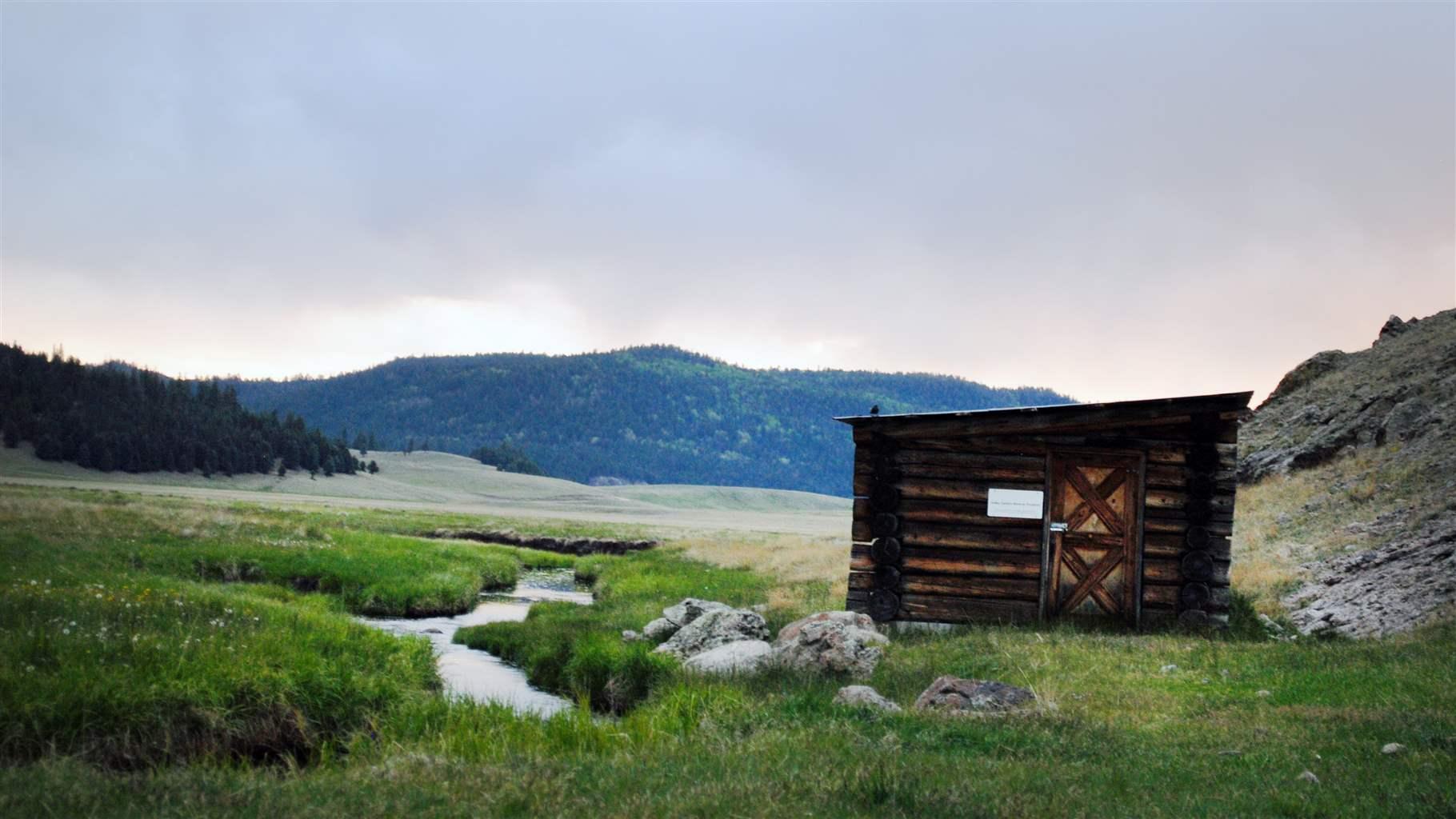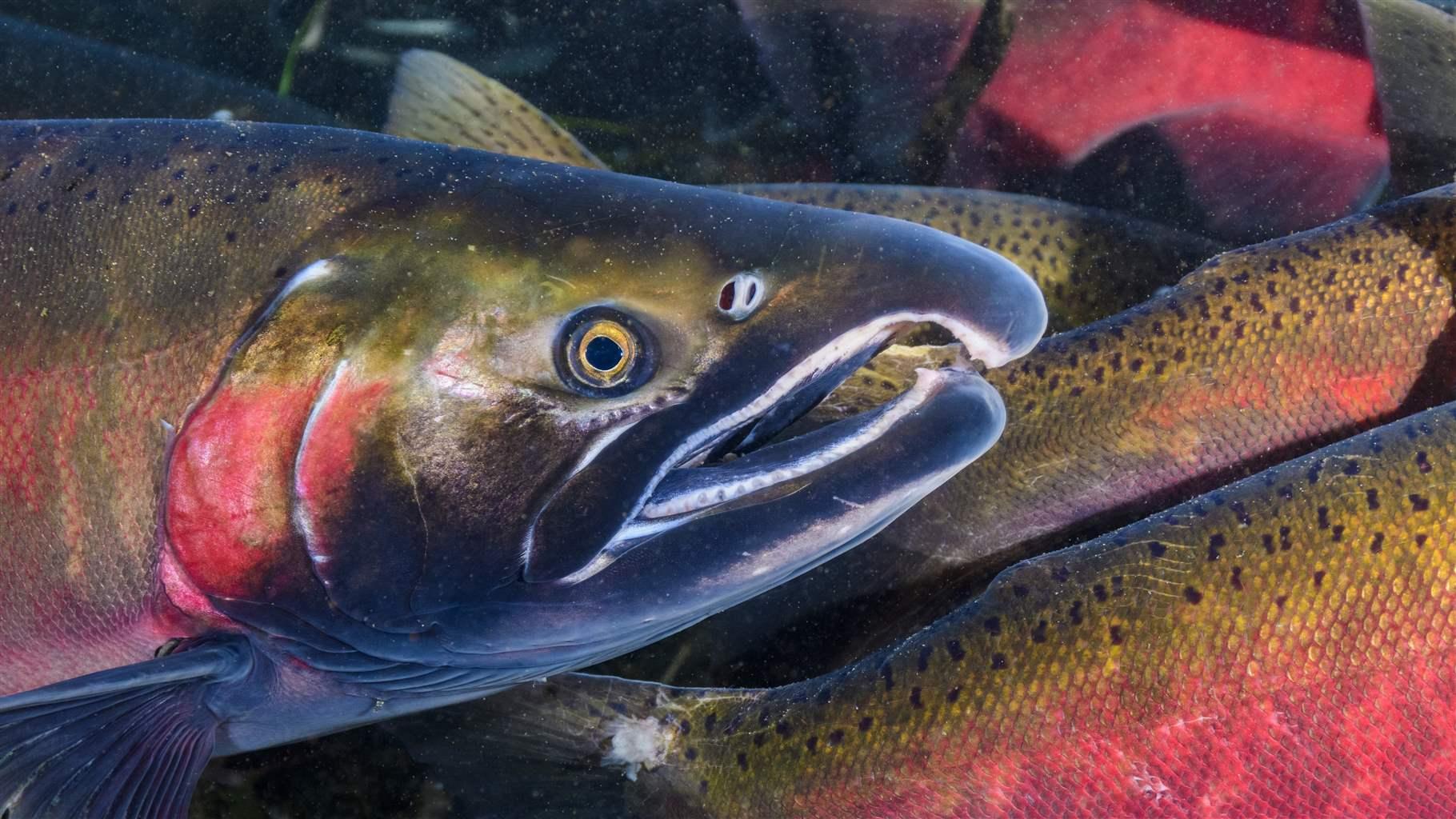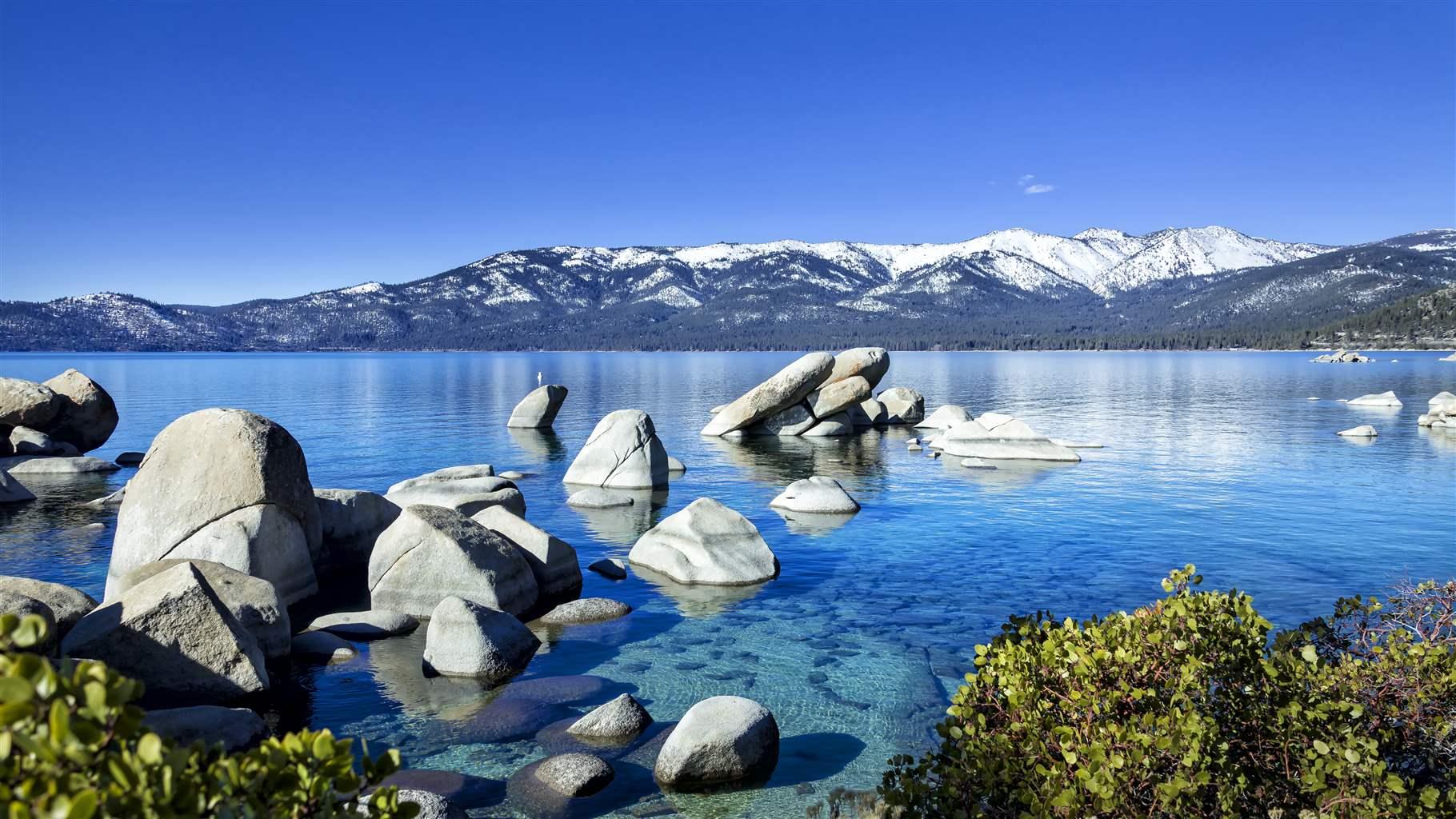To Protect and Restore Rivers, States Can Use ‘Outstanding’ Policy Designation
Efforts in 4 states show potential to benefit communities and wildlife
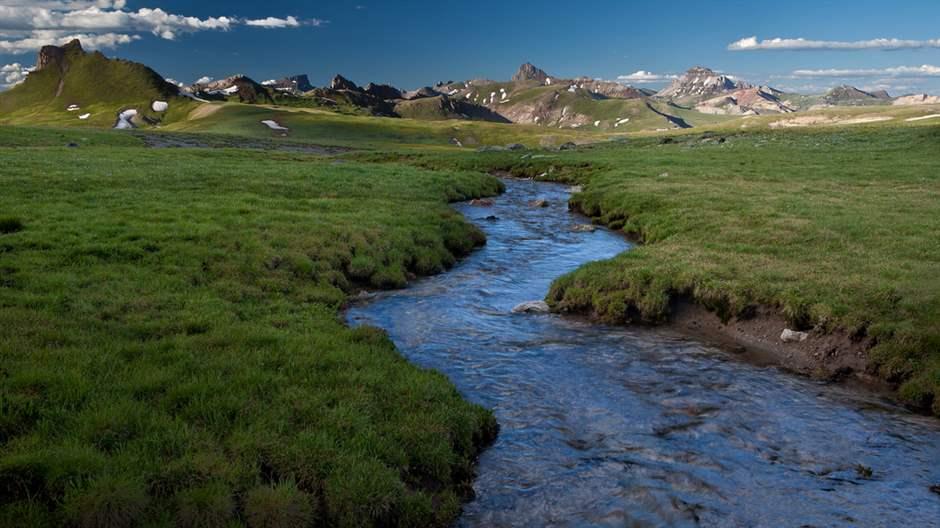
For millennia, healthy, free-flowing rivers across the U.S. have helped people, wildlife, and habitats thrive. But today, too many of those rivers are blocked by dams or threatened by pollution, development, and climate change. Fortunately, state and Tribal governments can use a policy tool to help protect and restore waterways. June is National Rivers Month, making it an ideal time for those officials to list more of our country’s rivers as “Outstanding.”
Under the Clean Water Act of 1972, states and Tribes can designate rivers as Outstanding National Resource Waters (ONRWs) for a variety of reasons, including high water quality, exceptional recreational or ecological significance, or the existence of cold-water thermal refuges. ONRWs, which go by different names in different states, maintain water quality, protect fish, wildlife, or other ecological values, and support recreation. An ONRW designation prohibits new or increased pollution on a waterway, although it does not affect existing rights, such as grazing or irrigation.
Here are ONRW designation efforts in Colorado, New Mexico, Washington, and Nevada that could protect hundreds of miles of waterways.
Western Colorado
The Colorado Water Quality Control Commission is considering a petition to designate 26 Colorado waterways as Outstanding Waters. Located in the Animas, Dolores, Gunnison, San Juan, and San Miguel basins of western Colorado, these streams provide critical habitat for native trout, macroinvertebrates, birds, and other wildlife; are home to plants that improve water clarity; are a source of drinking water for communities; and offer exceptional recreational opportunities such as fishing, swimming, and paddling.
New Mexico
In April, the New Mexico Water Quality Control Commission met to consider a petition to designate 14 miles of the Pecos River, 165 miles of tributaries, and over 40 acres of wetlands within the Pecos River Watershed as ONRWs. The petition was submitted by the Village of Pecos, San Miguel County, Upper Pecos Watershed Association, New Mexico Acequia Association, and Molino de la Isla Organics, LLC.
The Pecos River’s pristine waters are home to one of the few remaining populations of New Mexico’s native Rio Grande cutthroat trout. The watershed also supports several threatened or at-risk species, including the Mexican spotted owl and peregrine falcon. The Upper Pecos Watershed is facing increasing threats such as from extractive industries and habitat fragmentation due to roads.
Further, the state’s Outdoor Recreation Division, a part of New Mexico’s Economic Development Department, nominated more than 100 miles of river in the Rio Grande, Rio Hondo, and Jemez river systems as ONRWs. New Mexico’s rivers help drive the state’s $2.4-billion outdoor recreation economy, irrigate farms, support jobs, and generate revenue for local communities.
Washington
The Washington Department of Ecology plans to initiate a rule-making this year to consider designating segments of the Green, Napeequa, and Cascade rivers as the state’s first Outstanding Resource Waters. Washington’s rivers provide clean drinking water for communities, support local economies—including through abundant recreation opportunities—and enhance the health of fish and wildlife.
Nevada
Nevada is home to some spectacular freshwater, from Lake Tahoe and Pyramid Lake to Marys River—home to native Lahontan cutthroat trout—and the thermal springs of the Muddy River, which support wildlife found nowhere else in the world. The Colorado River, which flows into the state after exiting the Grand Canyon, supplies southern Nevada with 90% of its water.
Today, the Nevada Division of Environmental Protection is drafting a policy to protect its “Extraordinary Ecological, Aesthetic, or Recreational Waters.” A designation under this new policy would protect waters with important conservation or recreation characteristics and prevent the degradation of their existing water quality. The state is expected to finalize this policy before the end of 2022.
The Pew Charitable Trusts and local partners are working to secure the outstanding waters designations and policies summarized above. Such protection would help ensure that Americans—along with a huge variety of plants and animals—can continue to rely on our country’s waterways for generations to come.
Patrick Lane is an officer and Carrie Sandstedt is a senior manager with The Pew Charitable Trusts’ U.S. public lands and rivers conservation project.


America’s Overdose Crisis
Sign up for our five-email course explaining the overdose crisis in America, the state of treatment access, and ways to improve care
Sign up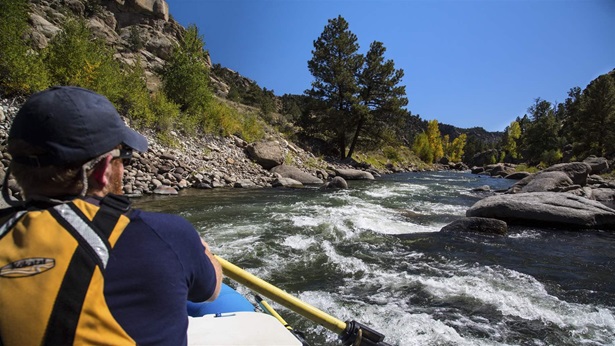
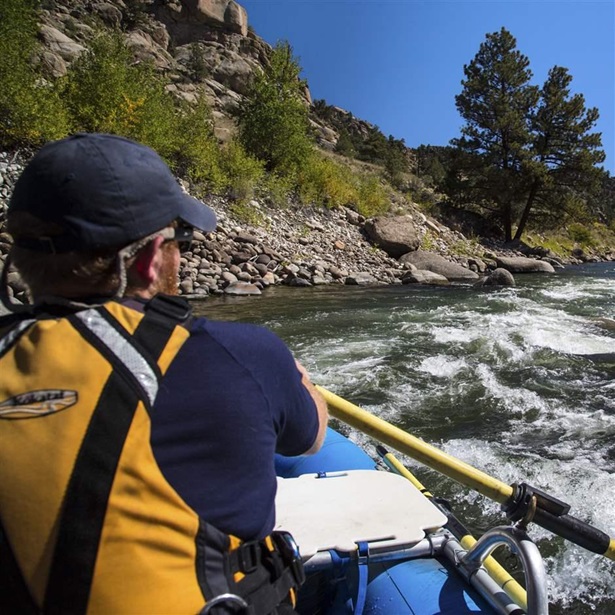
Western Voters Strongly Favor More Protection of U.S. Rivers
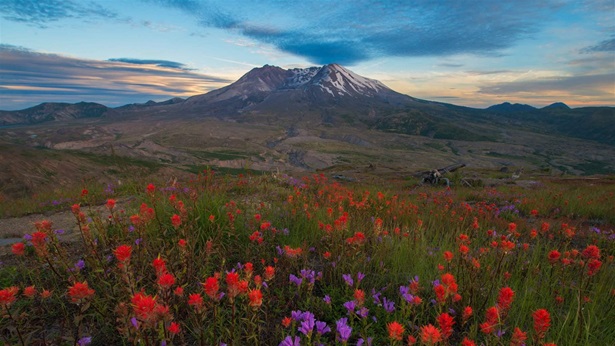
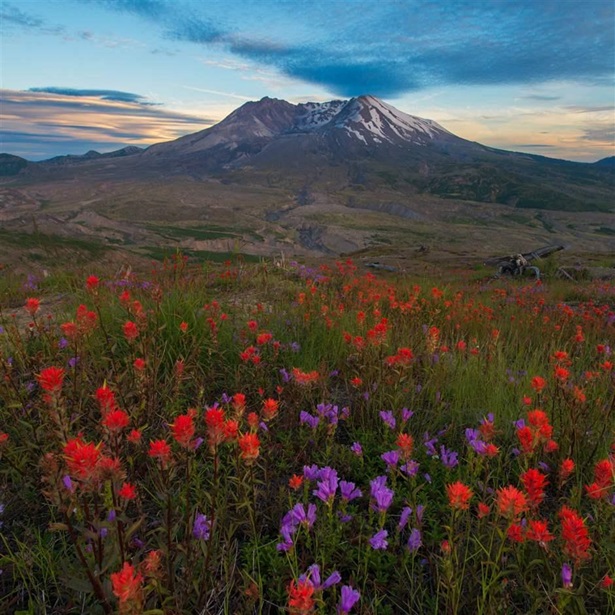
These Washington Rivers Merit Protection Now
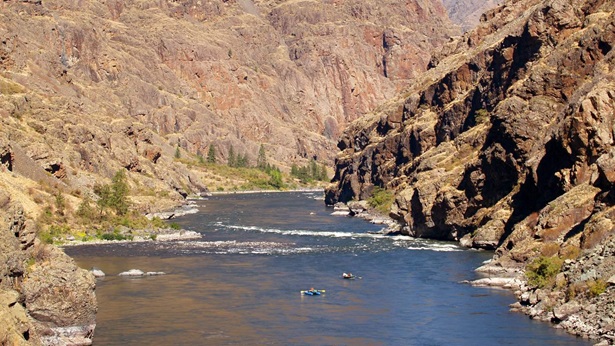
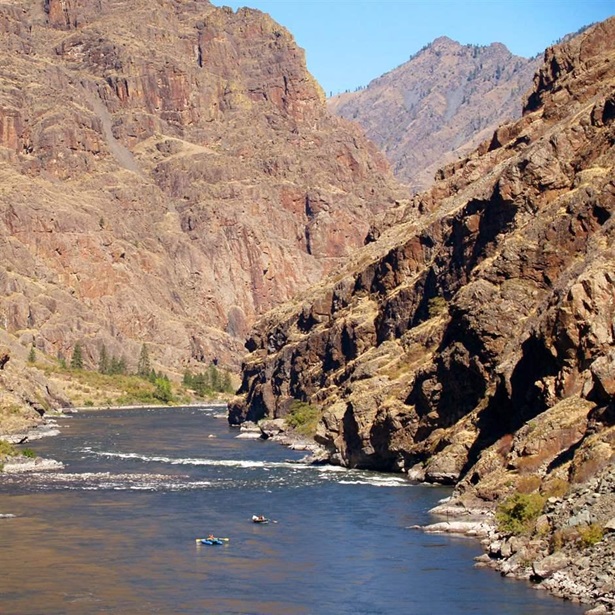
New Maps Show U.S. Rivers With High Natural Values
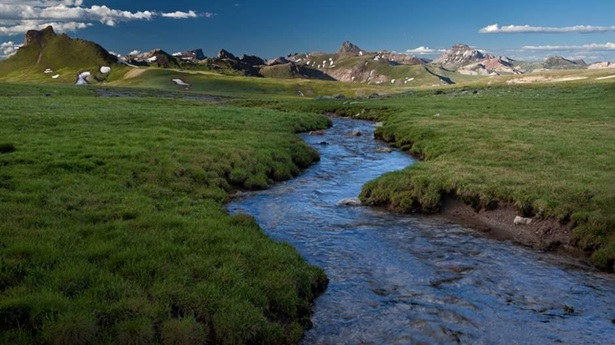
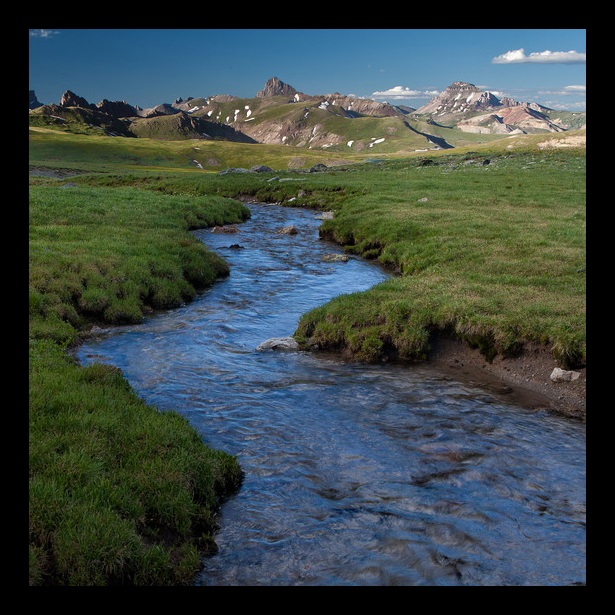
More U.S. Rivers Deserve 'Outstanding' Designation
